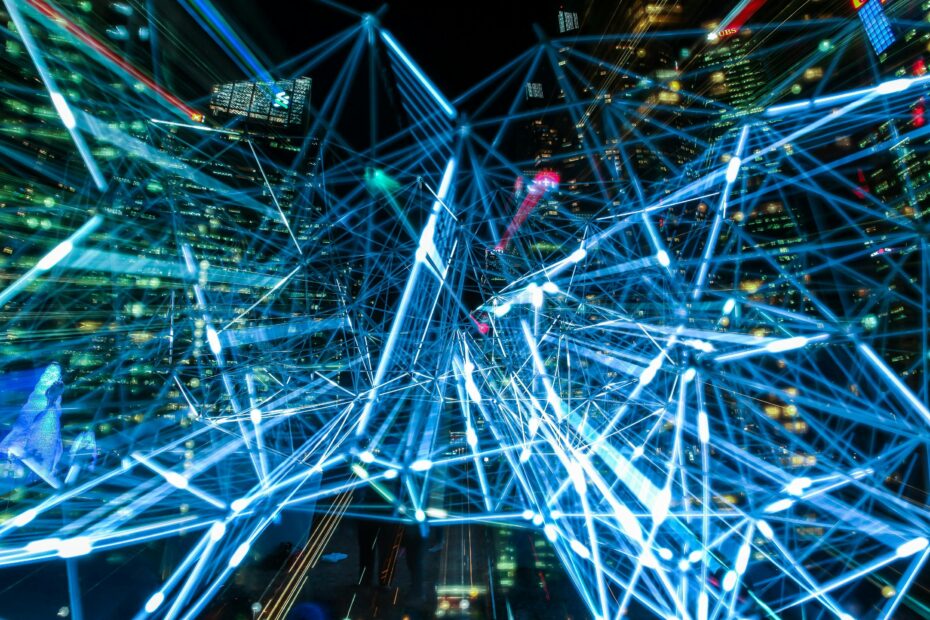Integrating Artificial Intelligence (AI) into the workforce in no longer a possibility, but a necessity if you want to keep up with competition. From decision-making to streamlining operations, AI has been redefining industries, which impacts millions of people worldwide. While this transformations comes with huge opportunities, it also carries several risks. In this article we will be exploring them.
How AI is transforming the workforce
- Better decision making. By utilizing artificial intelligence, business can get deep insights, which enables them to make better informed decisions, regarding forecasting, supply chain optimization and marketing. There are even AI’s which can give investment advice
- Automating routine tasks. Repetitive tasks, like answering frequently asked questions and scheduling are being handled by artificial intelligence. By using Chatbots, business can save money on customer service, and use the time much more efficiently by only asking questions which the AI can not answer. Research says that about 80 million jobs can be lost between 2023 and 2027 as part of the rise of AI. This is more than the amount of new jobs that they think will be created during that time, which is around 70 million (AIPRM).
- Creating new demand for jobs. We can see that artificial intelligence is replacing certain jobs, but it also creates demand for a new type of role. In this role it is all about advanced digital skills, AI programming and the use of data science.
- Making the workplace safer. By using hazard detection, video surveillance and security screening with the help of AI, the workplace can become safer.
Challenges that come with integrating AI
- Ethical concerns. Decisions that are made by artificial intelligence can lack an explanation, which can raise questions about bias, accountability and fairness.
- Replacing jobs. Automation can threaten jobs in retail, customer service and even in manufacturing. Low-skilled workers can become particularly vulnerable to being replaced by the low cost of AI
- Workforce resistance. The point above can also lead to workforce resistance, with employees resisting the implementation of AI, due to a fear of losing their job in the future.
How companies are preparing for the future
Companies are taking measurements to make sure the integration of artificial intelligence happens as smooth as possible.
- Training employees to use AI efficiently. By retraining and upskilling their employees, organizations are trying to equip their employees with AI skills, such as cloud computing, data science and machine learning.
- Making ethical guidelines. This helps with accountability, bias and fairness.
- Creating new jobs. Because some jobs and roles will be replaced by AI, new opportunities open. Roles like maintenance specialist, data engineer and others can make sure that the workforce remains working in the era of artificial intelligence.
Conclusion
Artifical Intelligence will inevitably have a significant and wide-ranging effect on the workforce. Although it has the potential to boost creativity and productivity, integrating it successfully calls for careful preparation. To create an inclusive and flexible workplace, businesses must strike a balance between the deployment of technology and human-centered approaches.
Adaptability and ongoing education will be essential for workers to succeed in a society driven by artificial intelligence. Businesses and workers can fully utilize AI while reducing its hazards by becoming ready now, paving the way for a future in which people and robots coexist together.
